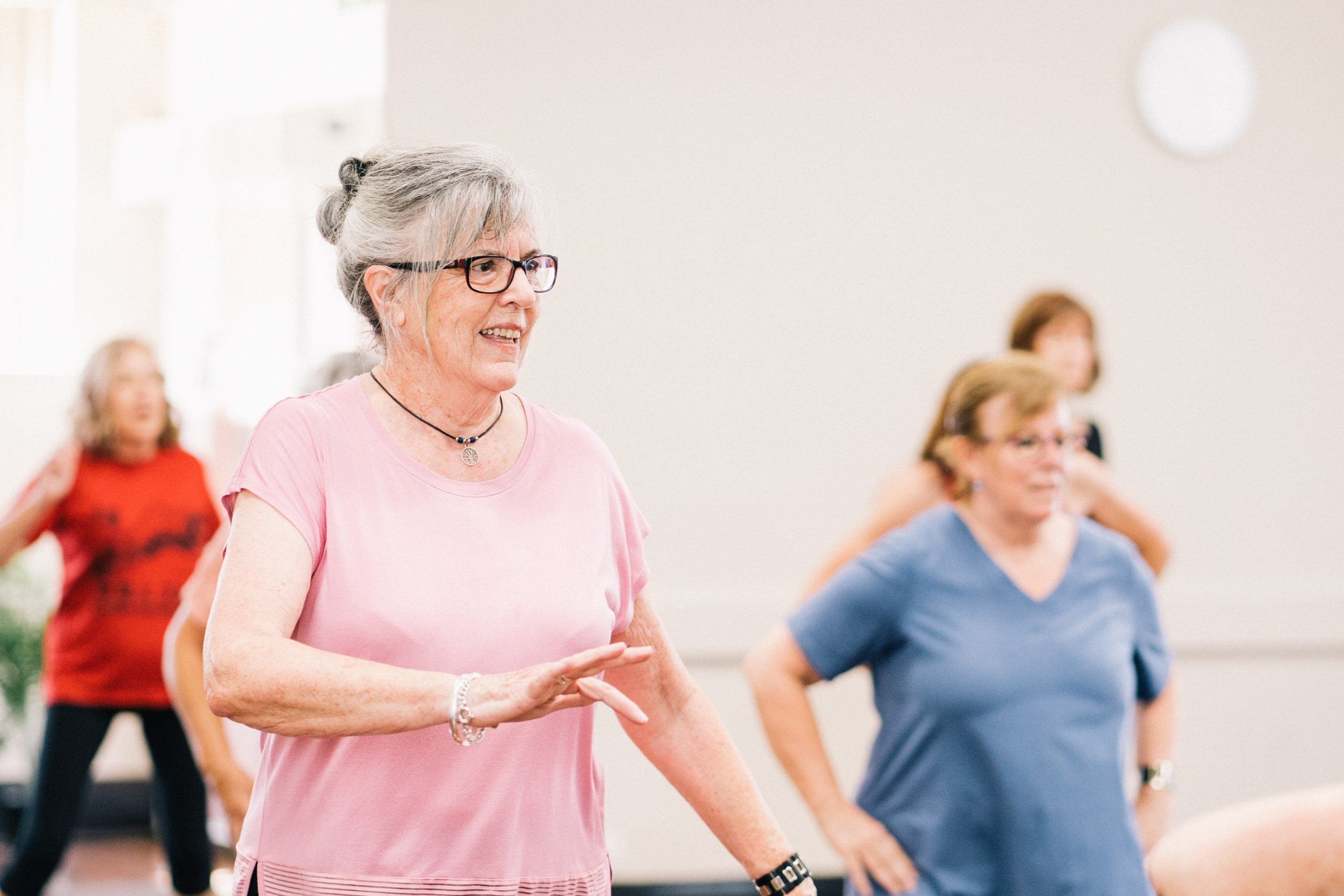The Art of Painting: Techniques and Tips for Beginners

The image is not directly related to the article. It merely symbolizes the life of elderly people.
Question: What are some basic painting techniques for beginners?
Answer: Some basic painting techniques for beginners include blending, layering, dry brushing, and wet-on-wet. Blending involves smoothly mixing colors together to create gradients and transitions. Layering involves building up multiple layers of paint to add depth and dimension to your artwork. Dry brushing involves using a small amount of paint on a dry brush to create texture and highlight specific areas. Wet-on-wet is a technique where you apply wet paint onto wet paint, allowing the colors to blend together naturally.
Question: What materials do I need to start painting?
Answer: To start painting, you will need some basic materials such as paint brushes, paint, a palette, canvas or paper, and water or a solvent for cleaning brushes. Paint brushes come in different shapes and sizes, so it’s good to have a variety for different techniques. Acrylic or oil paints are commonly used, but you can also start with watercolors or gouache. A palette is used to mix your colors, and you can use canvas or paper as your painting surface. Finally, water or a solvent is used to clean your brushes between colors.
Question: How can I improve my painting skills?
Answer: To improve your painting skills, practice is key. Set aside regular time to paint and experiment with different techniques. Study the works of other artists and try to replicate their style or learn from their techniques. Take classes or workshops to learn new skills and receive feedback from experienced artists. Don’t be afraid to make mistakes and learn from them. Keep a sketchbook or journal to practice sketching and planning your compositions. Lastly, be patient and enjoy the process of painting.
Question: How do I choose colors for my painting?
Answer: When choosing colors for your painting, consider the mood or atmosphere you want to create. Warm colors like reds, oranges, and yellows can evoke energy and excitement, while cool colors like blues and greens can create a sense of calmness. Think about the subject matter and choose colors that complement or enhance it. You can also use color theory principles such as complementary colors (opposite on the color wheel) or analogous colors (next to each other on the color wheel) to create harmony or contrast in your painting.
Question: How do I create depth and perspective in my paintings?
Answer: Creating depth and perspective in your paintings can be achieved through various techniques. One way is to use overlapping objects or elements to create a sense of distance. Another technique is to use atmospheric perspective, where objects in the background appear lighter and less detailed compared to objects in the foreground. You can also use linear perspective, which involves using converging lines to create the illusion of depth. Experiment with different techniques and observe how objects appear in real life to create a realistic sense of depth in your paintings.
The image is not directly related to the article. It merely symbolizes the life of elderly people. Question: What are some basic painting techniques for beginners? Answer: Some basic painting techniques for beginners include blending, layering, dry brushing, and wet-on-wet. Blending involves smoothly mixing colors together to create gradients and transitions. Layering involves building up…
Recent Posts
- Empowering Caregivers: The Best Online and Offline Resources to Enhance Your Skills
- Traveling with a Purpose: The Rise of Volunteer Vacations
- Breaking Stigma: Dispelling Myths about Mobility Aids and Disability
- Avoiding Probate: How Trusts Can Simplify the Estate Settlement Process
- Senior Citizens Beware: Common Financial Scams and How to Stay Protected

